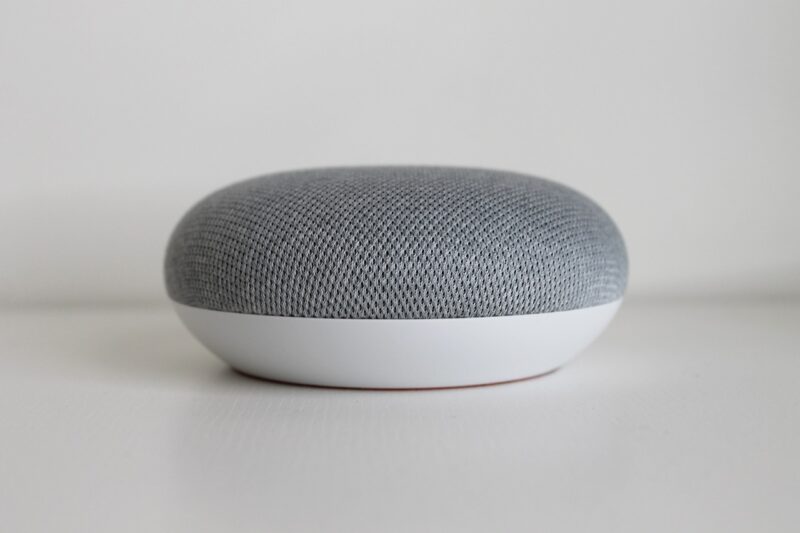Top Tips for Building Your Own Smart Home Gadgets with Arduino Technology
November 13, 2024

In the era of smart homes, having control over your appliances, lights, and security systems has never been easier or more exciting. Arduino technology has democratized the world of home automation, allowing DIY enthusiasts and tech-savvy individuals to create their own smart gadgets. Whether you want to control your home’s lighting remotely or build a security system that alerts you on your smartphone, this guide will provide the essential tips and steps to build smart home gadgets using Arduino technology.
1. Understanding Arduino: The Basics
Arduino is an open-source electronics platform that consists of both hardware and software components. At its core, the Arduino board allows users to control various electronic devices easily. Here are some critical components:
- Arduino Boards: The most common ones are Arduino Uno, Nano, and Mega, each serving different project needs.
- Sensors: Devices that can measure inputs from the environment, such as temperature, light, motion, and more.
- Actuators: These components control the physical devices like motors, lights, and valves.
Understanding these components is crucial as you will use them to build functionality into your smart gadgets.
2. Defining Your Project Goals
Before diving into building gadgets, it’s essential to define what you want to achieve. Here are some popular smart home projects using Arduino:
- Smart Lighting System: Control lights based on room occupancy or remotely with your smartphone.
- Home Security Alarm: Set up motion detectors that send alerts to your phone or trigger alarms.
- Smart Thermostat: Manage your HVAC system to maintain energy efficiency based on your unique schedule.
Start by brainstorming ideas and then selecting a focused project that excites you. Remember that starting small can lead to bigger projects down the line.
3. Gathering the Necessary Tools and Materials
Depending on what project you choose, you’ll need specific tools and materials. Here’s a general checklist to get you started:
- Arduino Board: Choose the model best suited for your project size and complexity.
- Sensors: For example, PIR (Passive Infrared) sensors for motion detection or DHT11 for temperature and humidity.
- Actuators: Relay modules can control high-voltage devices like lights.
- Breadboard and Jumper Wires: Essential for prototyping without soldering.
- Power Supply: Decide if you’ll use batteries or a power adapter, depending on the project location.
- Software: Download the Arduino IDE (Integrated Development Environment) for coding.
Make sure to have everything handy before you start building. This will save you time and frustration.
4. Prototyping Your Smart Home Gadget
Prototyping is the process of creating a simple version of your gadget to validate its functionality. Follow these tips to successfully prototype:
- Start with a Circuit Diagram: Use online tools like Fritzing to create a schematic of your circuit. Understanding how each component connects is crucial.
- Use a Breadboard: Arrange components on a breadboard to test circuits without soldering. This allows for easy adjustments if something doesn’t work as expected.
- Write and Test Your Code: Begin with simple Arduino sketches (programs) to control individual components before integrating everything together.
Prototyping helps you identify issues early, avoiding costly mistakes later.
5. Adding Wireless Connectivity
Consider adding wireless connectivity to your project to control your gadgets remotely. Here are popular options:
- Wi-Fi Modules: Components like the ESP8266 or ESP32 increase your project’s capabilities for internet connectivity.
- Bluetooth Modules: HC-05 or HC-06 modules allow for easy control from your mobile devices.
The addition of wireless connectivity will enhance your gadget’s functionality, allowing you to control it from anywhere.
6. Housing Your Gadget
Once you’re satisfied with the prototype, it’s time to think about housing your gadget. Aim for a durable and aesthetic enclosure that protects your components. Here are few tips:
- 3D Printing: Use a 3D printer to create custom enclosures that fit your electronics perfectly.
- Repurposing: Consider using old electronics casings or boxes you have lying around. It’s eco-friendly and saves cost!
- Labeling: Properly label inputs and outputs on the housing for easier troubleshooting and maintenance.
Having a neat and orderly housing can significantly improve the usability of your gadgets.
7. Testing and Iterating Your Design
Testing is a crucial step in the development of your smart home gadgets. After assembling and housing your electronics, follow these steps:
- Field Tests: Take your gadget to its intended location to test its functionality in real-world conditions.
- Debugging: Use print statements in your Arduino code to check for issues. Serial Monitor in the IDE can help visualize data.
- User Testing: Get feedback from others. They might see usability flaws or bugs you haven’t noticed.
Refine your design based on the feedback to create a better user experience.
8. Expanding Your Smart Home System
Once you’ve successfully built your first gadget, consider integrating it with other devices for a complete smart home system. Here are ways to expand:
- Home Automation Platforms: Utilize platforms like Home Assistant or OpenHAB for centralized control of multiple devices.
- Voice Assistants: Connect your gadgets to voice assistants like Amazon Alexa or Google Home for voice activation capabilities.
By integrating your devices, you’ll elevate your smart home experience.
Conclusion
Building your own smart home gadgets with Arduino technology is an enriching journey. It allows you to customize your home to meet your exact needs while honing your electronic and programming skills. Follow these tips to create impressive gadgets, and don’t hesitate to share your work with the community! The world of DIY smart home technology is vast, and your creativity is the only limit.
#
Bonus Resources
– Arduino Official Website: [Arduino](https://www.arduino.cc/)
– Community Forums: Engage with other makers on forums like Arduino Stack Exchange for troubleshooting and advice.






